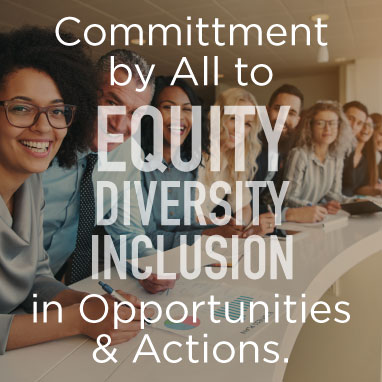By Charlie Swift, EVP – Head of Marketing & Account Management, Adstra
We have reached a tipping point where AI will (or may already) be part of everyone’s life, across professional and consumer capacities.
At this point, every brand should utilize some form of A.I. within their marketing operations or else risk getting left behind. Technology is a crucial part of marketing and advertising, and in less than five years every single technology partner that brands utilize will be driven by AI in some form. The question is not if AI will be utilized, but how.
This evolution is happening in parallel with another sea change in marketing, as most brands move to a direct-to-consumer strategy.
These two forces combined have created a new era in which every marketer must own identity for their brand. This encompasses resolution, technology, targeting, data – every facet of identity as it relates to targeting, managing and measuring consumer interactions.
Naturally, the twin forces of AI and identity resolution will intertwine, leading to AI-driven identity resolution. And marketers should absolutely grab onto this concept and make it a core part of their future plans.
The best place to start is by finding a beachhead within the marketing department (or the overall business) that allows the brand to learn and understand AI technology. This starts right now.
The next step will take a bit more time, because it requires a fundamental change in how brands and their marketing departments perceive themselves. In the very near future, all brands that market to consumers will become identity companies, because all interactions with consumers will become direct in one way or another.
When brands and marketing teams coalesce around this understanding, then their mission becomes much clearer. The notion of investing in and optimizing an identity stack is therefore no longer a nice to have, but a mission critical component of the entire enterprise. That then leads brands to examine where AI can help their identity capabilities, spurring further innovation and evolution.



